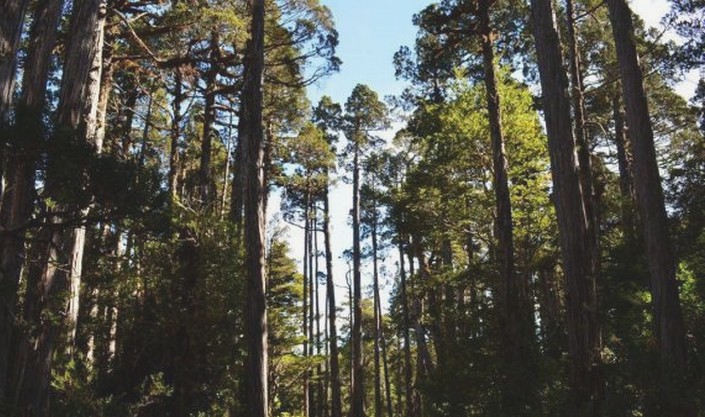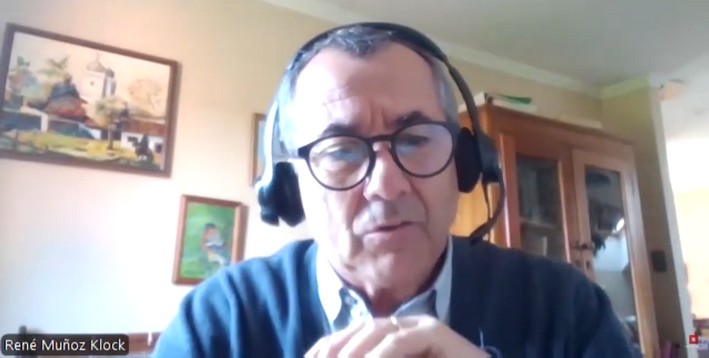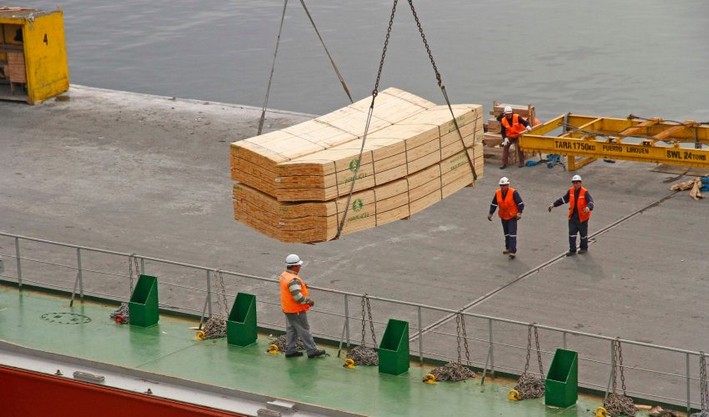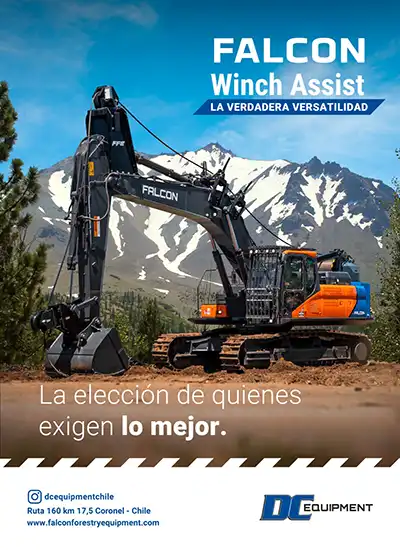The Native Forest is a Partner, Not a Resource
By Ximena Ruz Espejo, Executive Director of the Agency for Sustainability and Climate Change at Corfo
For decades, our relationship with our invaluable native forest has been marked by simplification. Too often, the ultimate fate of the forest has been limited to energy use, primarily as firewood, a necessary use but one that has historically led to problems of overexploitation and pollution. This has minimized the real and multifunctional value of this ecosystem.
Chile has the ambitious, yet necessary, goal of being carbon neutral by 2050. On this path, the native forest is a fundamental ally, not only for its proven capacity to capture carbon (CO₂) but also for the ecosystem services it provides: products such as timber, food, and medicines, as well as its role in soil formation, water regulation, and biodiversity conservation, among others.
Ximena Ruz Espejo
That is why it is urgent to have instruments that allow us to implement sustainable forest management, and at the Agency for Sustainability and Climate Change, we have understood this. Just a few days ago, we signed a new Clean Production Agreement (APL) called "Associativity for the sustainable production, marketing, and value addition of native forest products under forest management criteria," this time focused on the Los Ríos and Araucanía regions.
This APL is a practical demonstration of how, through collaboration and the implementation of good practices, we can transform a historical challenge—overexploitation—into an opportunity for sustainable and competitive development. It is the only way to move towards the future we want.
We want forest owners to see their forest heritage as a living and renewable capital, offering a diversity of value-added products, from certified timber to non-timber products, which can be marketed formally and competitively. A forest managed in an orderly manner is a forest that regenerates, that endures over time, and therefore guarantees a long-term flow of income, far beyond mere extraction.
The incorporation of over 8,000 hectares into forest management plans is not just a local figure; it is a direct and powerful contribution to our national and international commitments.
The commitment to sustainability is no longer an option but the engine of our competitiveness and the key to fulfilling our climate promise. It is time to understand the native forest as a partner, not just as a resource.









